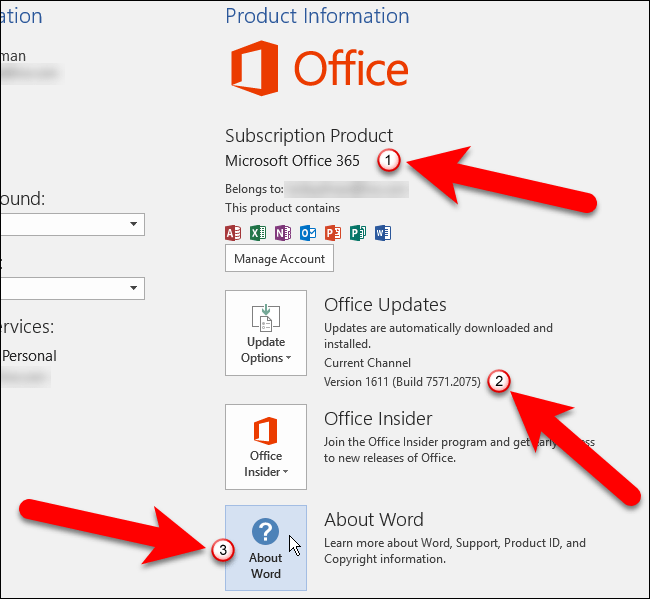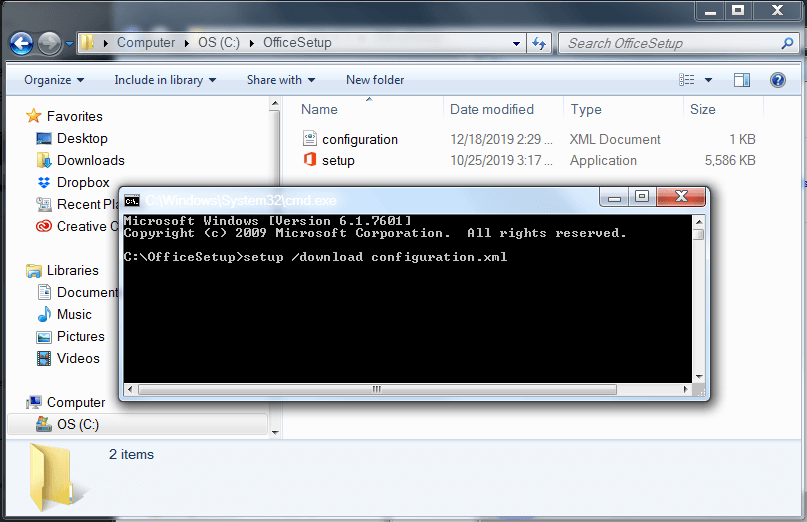


Sign in to the Office 365 portal and choose Install.If none of these situations apply to you, the 32-bit version of Office is probably a decent choice. You’re developing in-house Office solutions, like add-ins or document-level customizations.The 32-bit and 64-bit versions of Office programs are not compatible, so you cannot install both on the same computer. You want to keep the 64-bit version of Office that you’re already using.You’re working with files over 2GB in Project 2013, especially if the project has many subprojects.The 64-bit version of Office may be better suited to handle Word documents with large tables, graphics, or other objects. You work with extremely large Word documents.The 64-bit version of Office may be better suited to handle these complex slide decks. You work with extremely large pictures, videos, or animations in PowerPoint.The 64-bit version of Office may perform better for you.

You work with extremely large data sets, like enterprise-scale Excel workbooks with complex calculations, many PivotTables, connections to external databases, PowerPivot, PowerMap, or PowerView.Which version is right for you depends on how you plan to use Office.The 64-bit version of Office has a few limitations, but is most often the right choice, especially when: The file size limitation in Outlook is determined by whether you are using an ANSI or Unicode formatted pst-file.COEIT recommends the 64-bit version of Office There are two versions of Office available to install: 32-bit and 64-bit. There also isn’t a 2GB file size limit for the 32-bit version of Outlook like there is for Excel and Project. The functionality within Outlook is the same and there is also no (noticeable) performance increase by using the 64-bit edition. When it comes to Outlook, using the 64-bit version of Outlook does not have any direct benefits. The 64-bit version of Office also offers a security benefit as it always has Hardware Data Execution Prevention (DEP) enabled (although this can be enabled for the 32-bit version as well). Similarly, when you are working with large Word documents or PowerPoint presentations that are very rich with multimedia (pictures, videos, complex animations, etc…) or large tables or other embedded objects, the 64-bit version can be of help. Using the 64-bit version of Office will for instance allow you to work with large data sets like Excel workbooks or Project files that are over 2GB in size. With the 32-bit version of Office, the application can only use up to 2GB of memory, even when more is available in your computer. In general, the main benefit of using the 64-bit version of Office, is that it can use access memory when needed. I would recommend going with 64bit and reasons behind that as below:


 0 kommentar(er)
0 kommentar(er)
